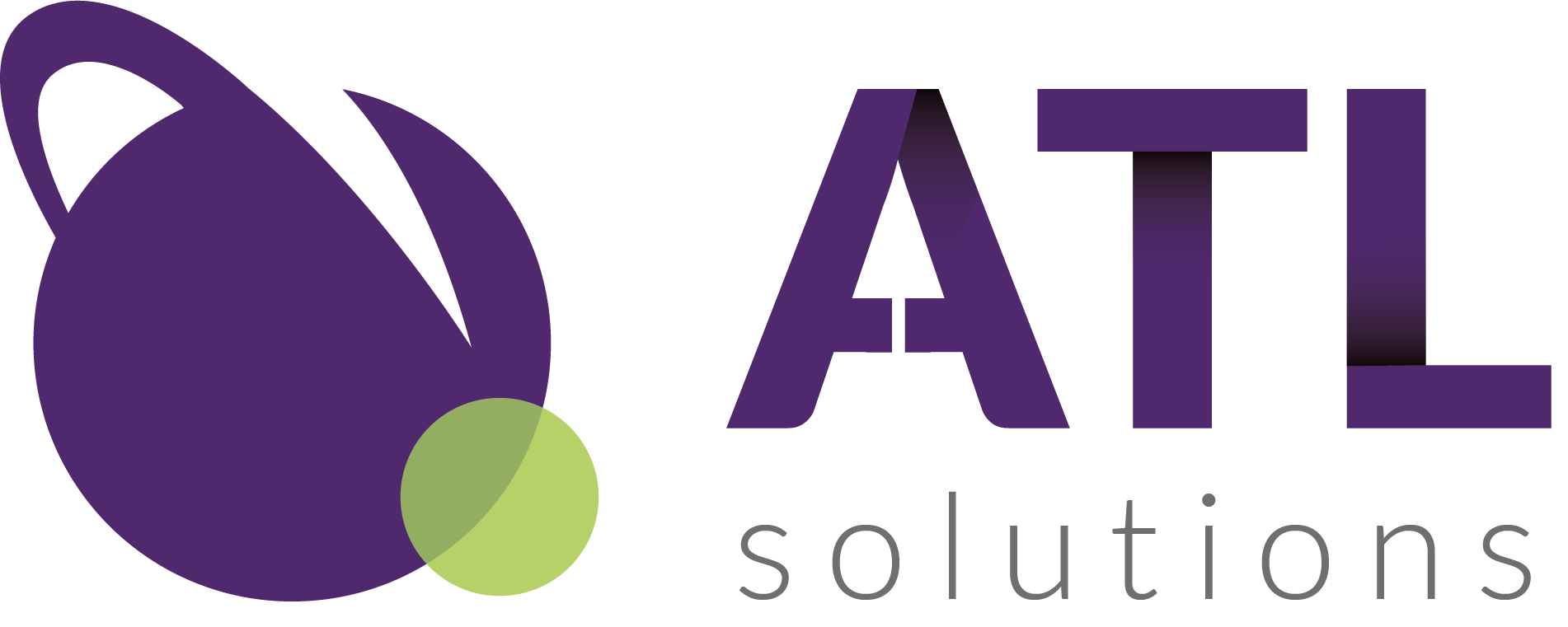Imagine driving down a wide open road when suddenly you see traffic ahead and you come grinding to a halt because of a narrow lane ahead.
The same thing can happen within a business.
Work flows smoothly until it hits a point where progress is slowed or stopped. These are bottlenecks, and they can occur in any area of operations.
Where Do Bottlenecks Show Up?
Bottlenecks are not always obvious, but they commonly fall into a few key areas:
- Operational Delays: Outdated or overly complex processes that no longer serve the company.
- Limited Resources: A shortage of staff, skills, or materials preventing smooth workflow.
- Communication Gaps: When teams aren’t aligned or important information isn’t shared efficiently.
- Decision Blockages: Bottlenecks caused by slow approval processes or decision paralysis at leadership levels.
Each of these areas can reduce the effectiveness of even the most well-run businesses.
How Bottlenecks Hurt Business
Left unchecked, bottlenecks can stall projects, increase costs, and frustrate teams. A task that should take hours might stretch into days, holding back progress in other areas. This not only affects productivity but can also negatively impact team morale, leading to disengagement and burnout.
Additionally, bottlenecks can lead to missed opportunities. If your business can’t scale or respond quickly to client needs, competitors will step in to fill the gap.
Spotting Bottlenecks
Identifying bottlenecks isn’t always straightforward, but some telltale signs include:
- Recurring Delays: Are certain tasks or projects always behind schedule?
- Employee Feedback: Staff may highlight inefficiencies if given the opportunity.
- Missed Deadlines or Targets: Consistently falling short often points to a blockage in your processes.
- Overloaded Teams: If certain teams are constantly overwhelmed while others are underused, you likely have a resource bottleneck.
Fixing the Problem
Once you’ve identified bottlenecks, the next step is to remove them. Here are a few strategies to consider:
- Streamline Processes: Look for unnecessary steps that can be cut or automated. Simplifying workflows can reduce the strain and speed up delivery.
- Empower Your Team: Often bottlenecks happen because only a select few people hold key knowledge. Training and skills development can expand capacity and ensure more people can manage critical tasks.
- Use Technology: Automating repetitive processes and integrating better project management tools can enhance efficiency and free up valuable time.
- Open Communication: Encourage regular check ins and feedback loops. Clear communication between departments reduces misunderstandings and keeps work flowing smoothly.
- Delegate Decision Making: Empower team leads or managers to make smaller decisions without waiting for higher level approval.
- Process mapping: Visually breaking down each step of your workflows to help expose where delays are occurring.
How we Can Help
Sometimes, being too close to a process makes bottlenecks harder to see. Coaching brings in an external perspective to help you assess workflows and spot areas that need adjustment.
A business coach can:
- Facilitate process reviews.
- Help prioritise bottlenecks based on business impact.
- Guide leadership teams in developing more efficient processes.
- Offer strategies for managing resources and improving team performance.
Coaching doesn’t just address immediate problems, it helps businesses build long term strategies for efficiency and growth.
In Conclusion
Bottlenecks are normal but shouldn’t be ignored if you wish to move your business forward.
By taking the time to identify and address the issues, businesses can create a smoother, more efficient path forward.
ATL offers training and coaching to help you and your team become the best you can be.
Why not contact us to learn more

